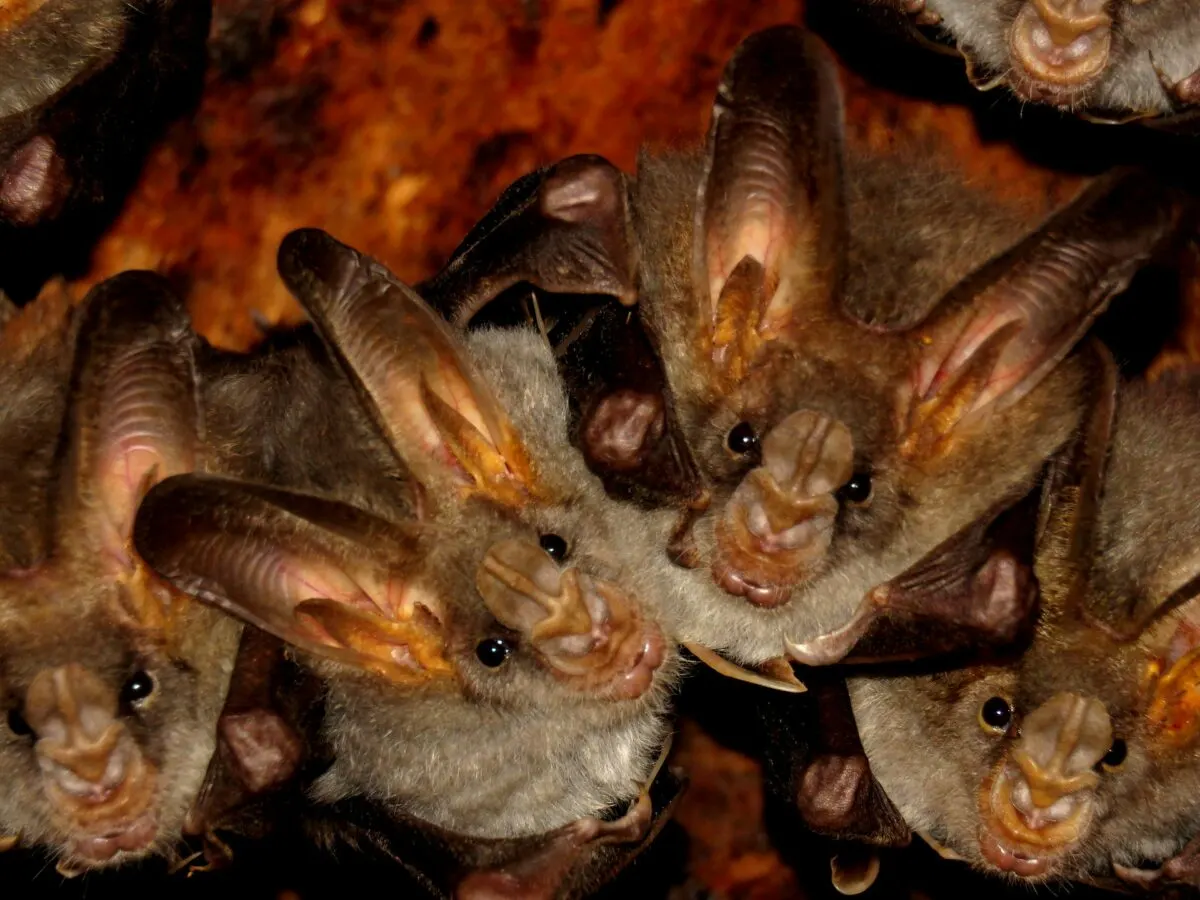The world’s biggest colony of bats can be found in the Bracken Cave in Texas – it houses up to 15 million bats!
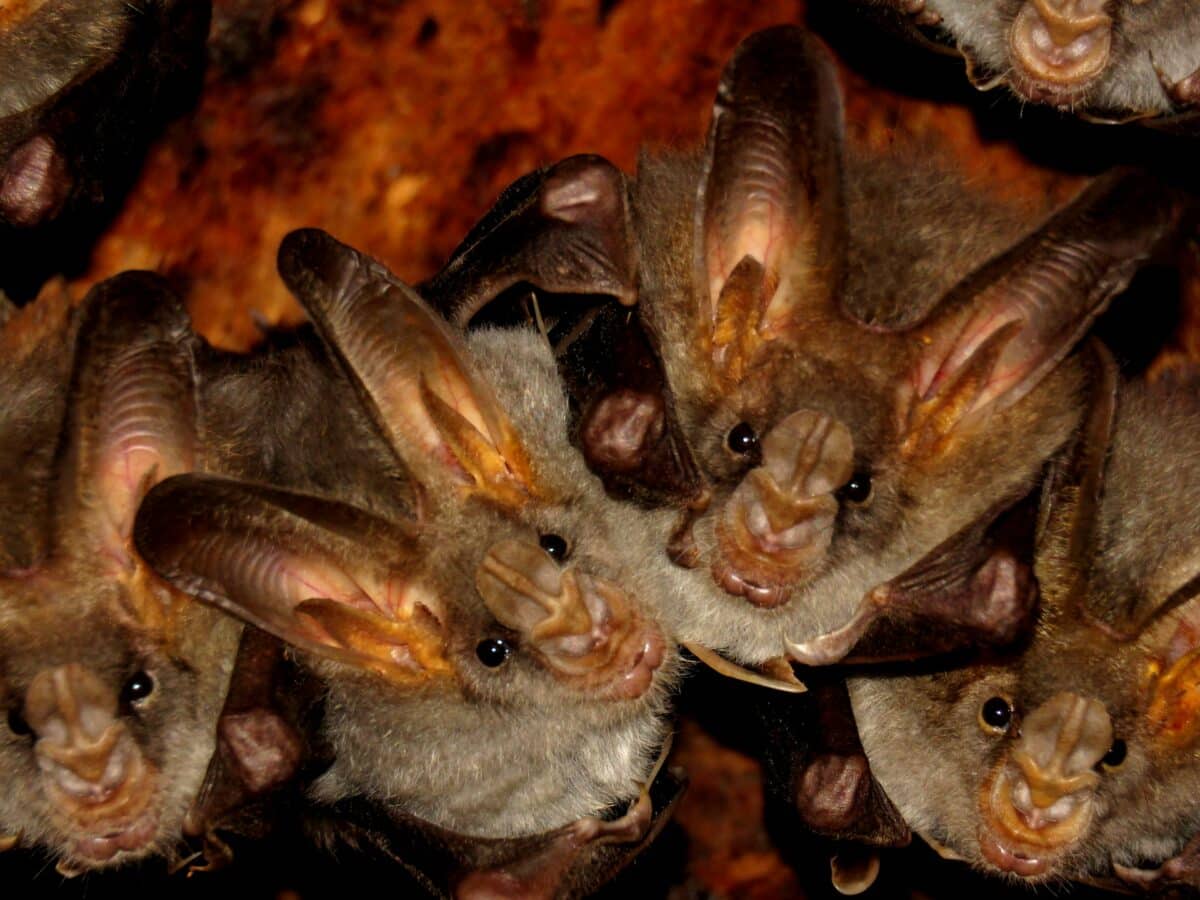
When you picture nature in all its glory, variety, and wonder, imagining that any living creature could surpass what you have already seen may be challenging.
But hidden beneath the rolling hills of Central Texas lies a breathtaking sight: Bracken Cave. This is home to one of the largest colonies of bats ever recorded- an absolutely awe-inspiring natural phenomenon!
It is filled with millions of bats from 20 different species and spans over 30 acres deep into the ground. Naturally, this incredible cave has become a hot spot for ecotourism and nature lovers alike.
So why exactly is Bracken Cave so unique? Read on for more information about this fascinating underground Mexican free-tailed bat colony, including facts about their formation, seasonal migration patterns, and conservation efforts.
Discovering the Amazing Colony of Bats In Bracken Cave
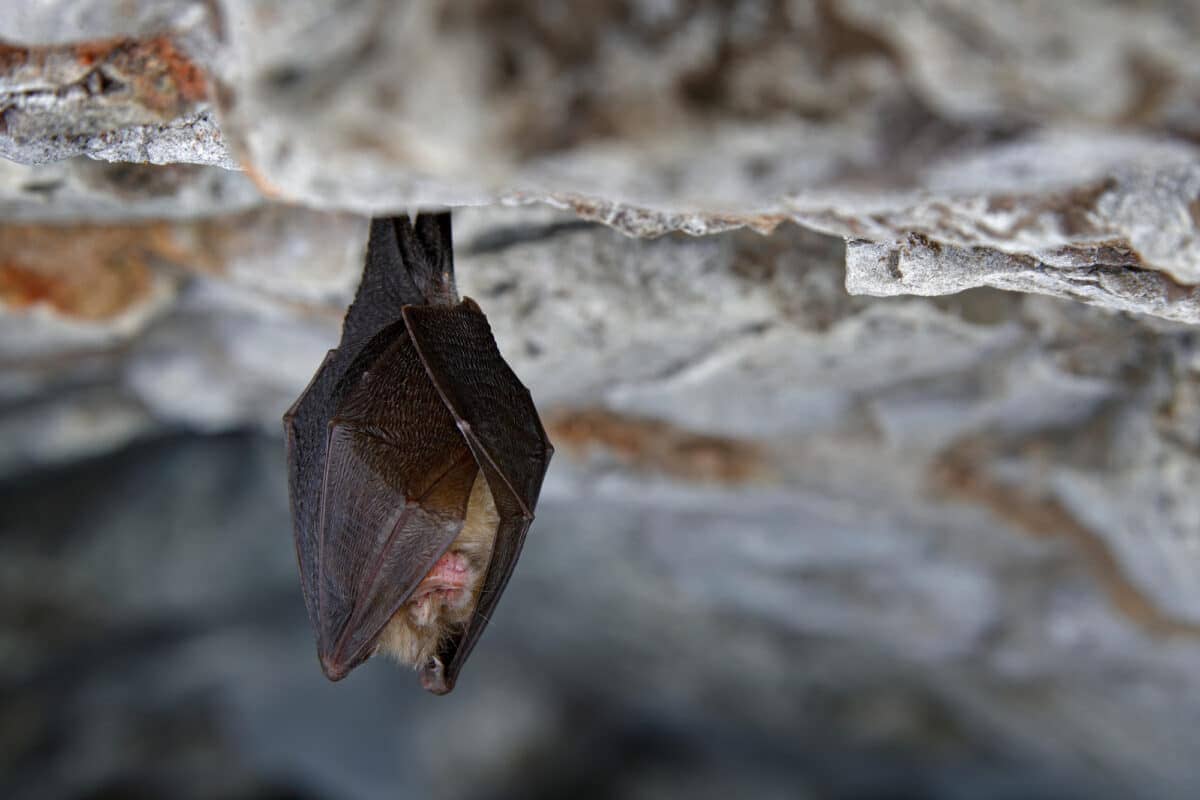
Have you ever heard of Bracken Cave? It’s located just outside of San Antonio, Texas. It is home to one of the world’s most amazing colonies of bats.
At times, there can be over 15 million bats roosting there! These are Mexican free-tailed bats, and they come to Bracken Cave to mate and give birth. Watching huge numbers of them emerge from the cave at dusk to forage for insects will leave you nothing but breathless.
One of the best ways to experience this phenomenon is to take a guided tour led by one of the knowledgeable staff members. You’ll learn all about bats, their behavior, and their importance to the ecosystem. It is a sight to behold and an experience you won’t forget.
The Secrets of Bat Migrations
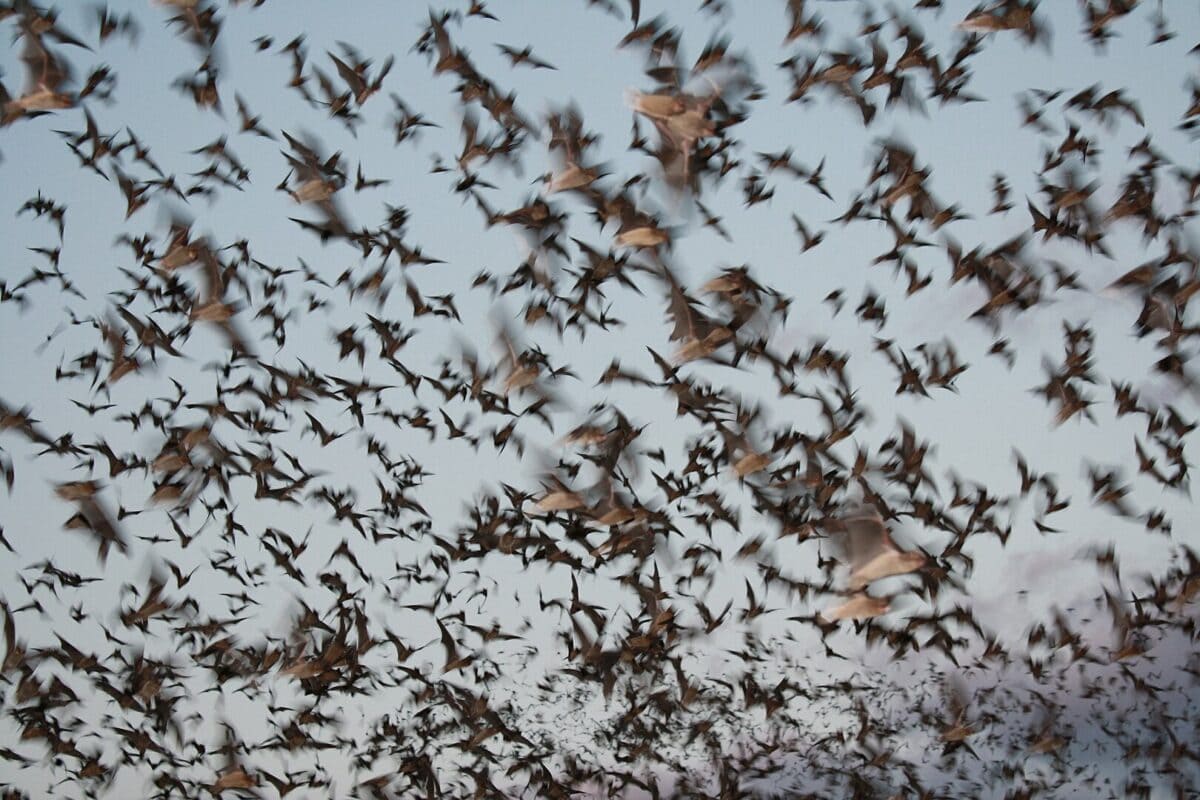
Have you ever wondered where bats go during winter? What about the factors that contribute to their population growth or decline?
Exploration into bat migrations and population dynamics is ongoing. Scientists and researchers are continuously working to uncover the secrets behind these elusive creatures.
Bats have intrigued scientists for ages with their migration patterns. Each year, they embark on an extraordinary journey, flying thousands of miles between their wintering grounds in Mexico and their summer roost in Bracken Cave. This migration phenomenon has been the subject of numerous studies aiming to uncover the underlying mechanisms and ecological significance.
We are starting to understand bat behavior better thanks to technology such as GPS trackers and acoustic monitoring devices. Through these efforts, they have discovered that bats navigate using a combination of celestial cues, landmarks, and magnetic fields. They also rely on the availability of food sources along their migratory path, such as insects, to fuel their long-distance flights.
Understanding bat migration is crucial for conservation efforts. It sheds light on the connectivity of ecosystems and highlights the importance of preserving roosting sites and habitats critical for their survival.
Getting to Know the Mexican Free-Tailed Bat
Let’s get to know the species that inhabit the Bracken Cave – the Mexican Free-Tailed Bat. They share the cave with numerous other bat species, but the Mexican Free-Tailed Bat is the most dominant one.
Physical Characteristics
The Mexican free-tailed bat (Tadarida brasiliensis) is a medium-sized bat. They typically have a wingspan of around 11 to 13 inches and weigh approximately half an ounce. They received their name due to their unique tails that extend beyond their tail membranes, forming a distinct “free-tail” appearance.
With sleek fur ranging in color from dark brown to grayish-brown, they have a streamlined body built for agile flight. Their wings are elongated and thin. This enables them to achieve incredible speeds and maneuverability during flight.
Diet
Mexican free-tailed bats are insectivorous creatures, relying primarily on a diet consisting of various flying insects. They possess incredible hunting abilities, capable of capturing thousands of insects in a single night.
These bats are adept aerial hunters, using echolocation to locate prey in the dark. They consume a wide range of insects. They feast on moths, beetles, flies, and agricultural pests. As a result, they play an important role in maintaining insect populations and providing natural pest control.
Social Behavior
Mexican free-tailed bats exhibit highly social behavior and typically form large colonies. Bracken Cave in Texas, USA, is renowned for hosting one of the largest known colonies of Mexican free-tailed bats, with millions of individuals congregating there during the summer months.
These bats are highly gregarious, often roosting together in caves, abandoned buildings, or under bridges. They communicate through vocalizations, emitting ultrasonic calls that allow them to navigate, locate food, and communicate with other colony members.
Within these colonies, Mexican free-tailed bats form strong social bonds and display complex social structures. They establish maternity colonies, where females gather to give birth and raise their young. Males and non-reproductive females typically form separate bachelor colonies.
Another intriguing bat species is the Fruit Bat.
Other Bat Species Found in the World’s Biggest Bat Colony
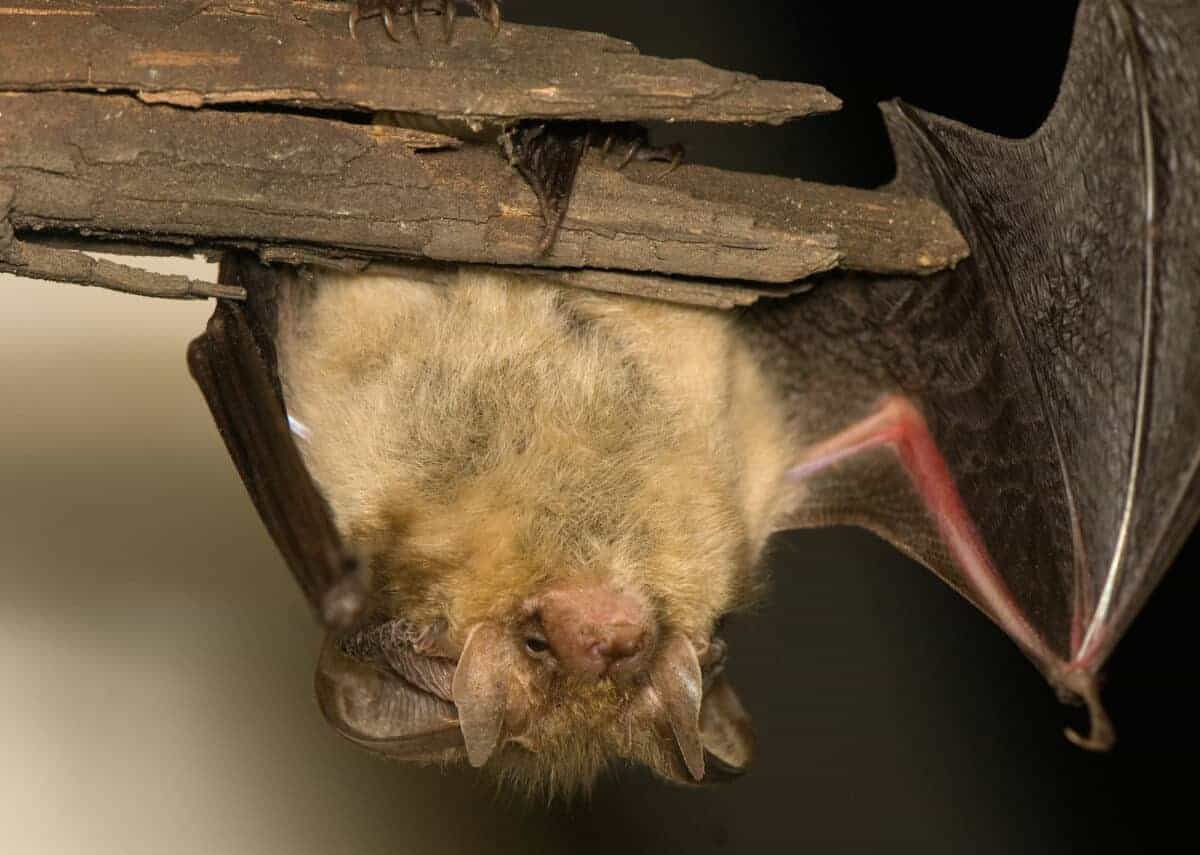
- Big Brown Bat (Eptesicus fuscus): These bats are medium-sized with brown fur and can adapt to various habitats, including caves and buildings.
- Eastern Red Bat (Lasiurus borealis): This species has a reddish coat and roosts in trees, shrubs, or other foliage.
- Brazilian Free-tailed Bat (Tadarida brasiliensis): While this species shares the same genus as the Mexican free-tailed bat, they have distinct differences in their distribution and migratory patterns.
- Evening Bat (Nycticeius humeralis): These bats are small to medium-sized, with grayish-brown fur and can be found roosting in trees or buildings.
Exploring the Unique Adaptation Strategies of Bats For Survival
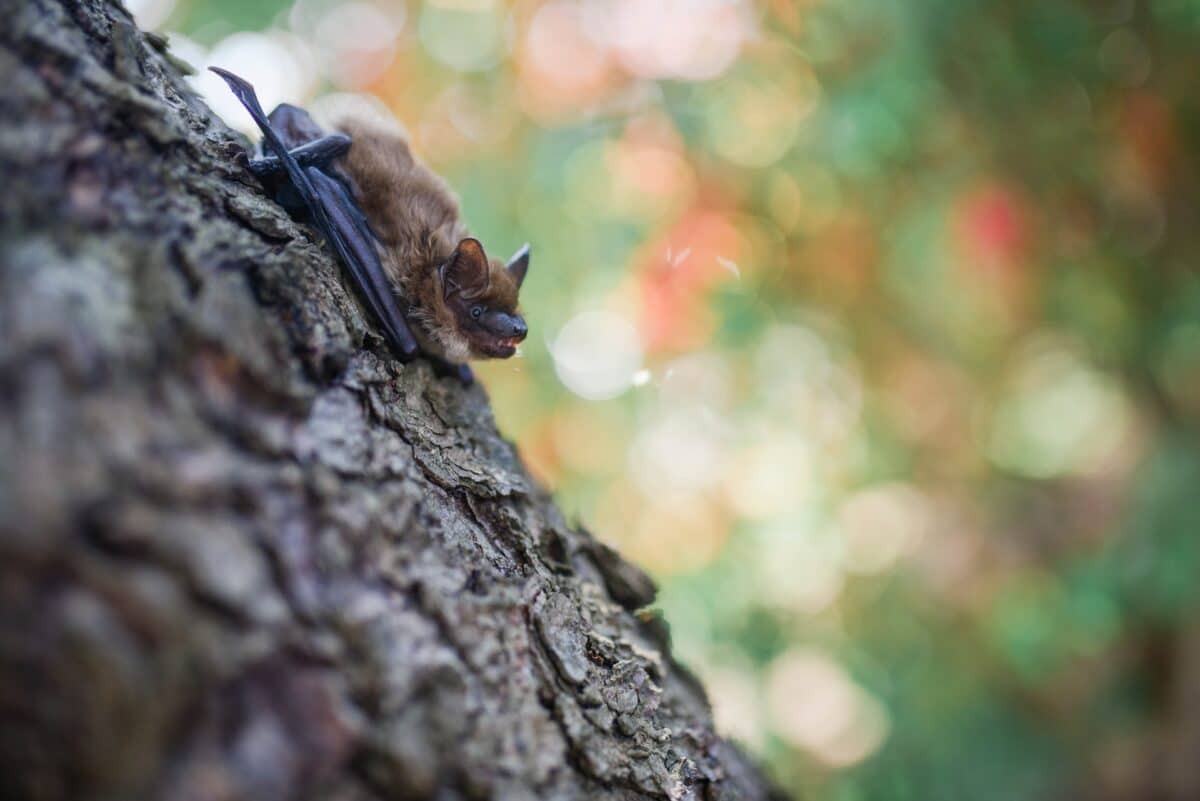
Bats are fascinating creatures, and one of their most intriguing aspects is their unique adaptation strategies for survival.
- These nocturnal mammals have developed extraordinary skills to help them navigate their environment and find food. For example, bats can use echolocation to locate objects and prey, emitting high-pitched sounds that bounce back to them as echoes.
- They also have specialized wings that allow them to maneuver through the air with incredible precision and speed.
- Bats are incredibly resilient creatures that have adapted to various habitats, from caves to forests – they have even learned to live alongside humans in cities.
Studying their adaptation strategies is not only fascinating, but it also helps us better to understand the complex relationship between animals and their environment.
Examining the Impacts of Human Activities On Bat Colonies
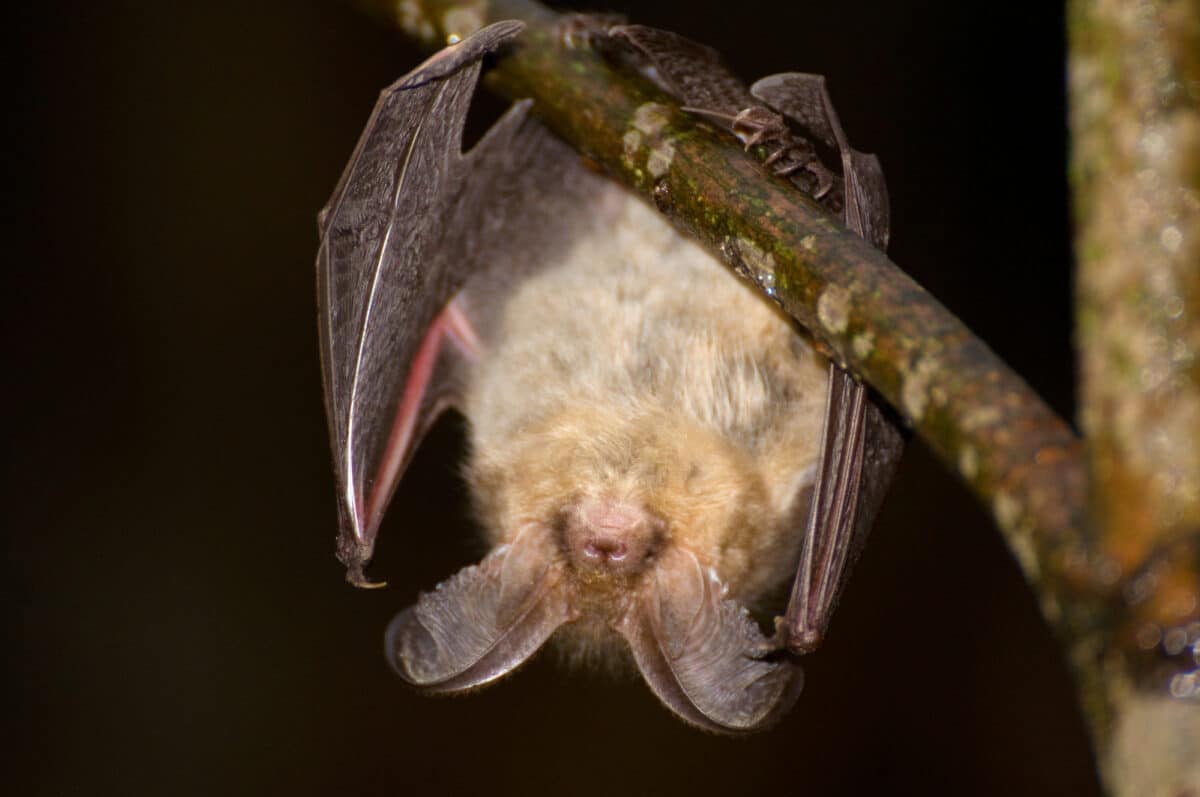
Bats might not be everyone’s favorite animal, but they play an essential role in nature. Sadly, their populations have decreased substantially over the years due to human activities.
Bats face various threats, from habitat loss, pollution, and climate change to disease outbreaks. Additionally, urbanization and agricultural practices have led to the loss of crucial feeding habitats and the use of pesticides that reduce the availability of insects, a primary food source for many bat species.
These threats, coupled with their low reproductive rates and long lifespans, make their conservation a matter of great concern.
The negative perception and fear surrounding bats have also contributed to their decline. Misconceptions and myths about bats as carriers of diseases have led to the persecution and destruction of their roosts.
We can develop strategies to mitigate these human-caused challenges by gathering data on bat ecology and behavior. We can all play a role in supporting the conservation of bat populations by being mindful of our actions and advocating for their protection.
After all, these winged mammals are critical for maintaining a healthy ecosystem.
Understanding the Importance of Conserving Bracken Cave and Its Inhabitants
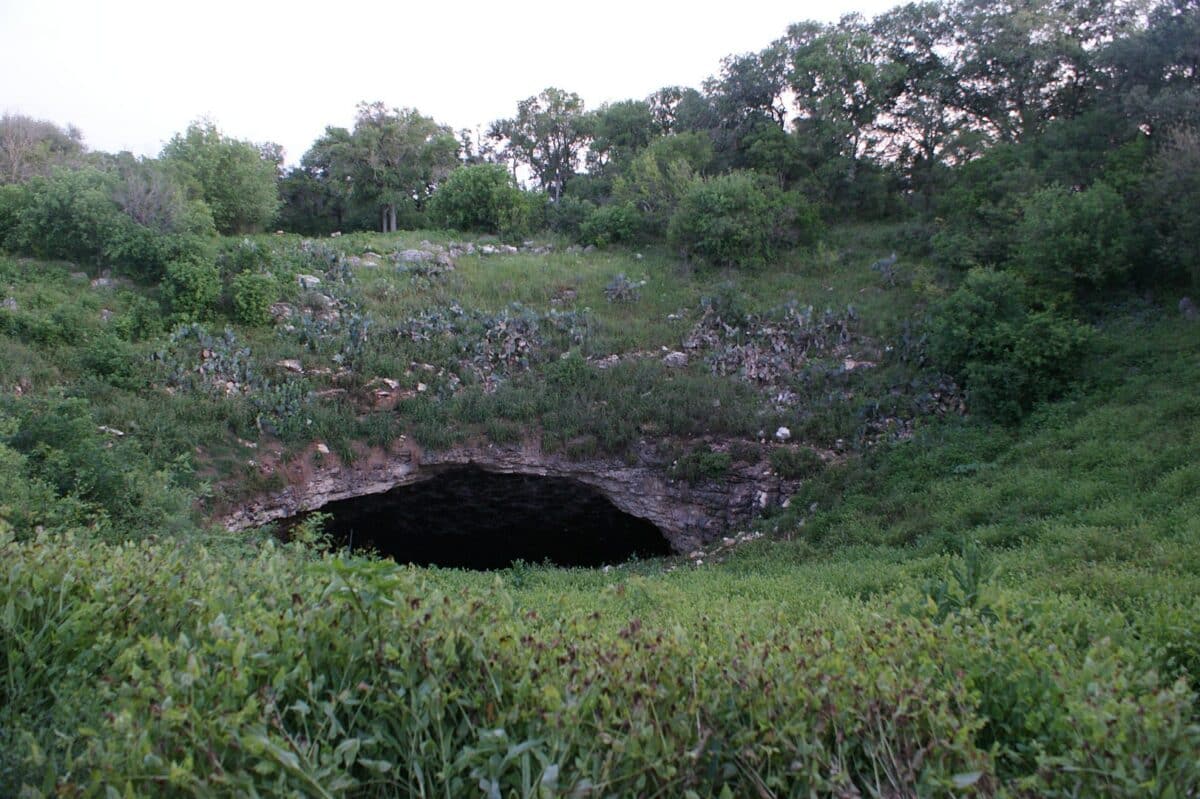
Nestled in the heart of Texas, Bracken Cave is a hidden gem that must be protected at all costs. Inhabited by over 15 million Mexican free-tailed bats, this natural wonder is the summer home to the largest bat colony in the world.
These little creatures are more than just a source of entertainment for tourists. They play an essential role in maintaining the ecological balance in their surrounding areas, pollinating crops and consuming millions of insects daily.
Therefore, conserving Bracken Cave and its inhabitants should be our primary concern. Without their presence, we risk losing the delicate balance of nature.
Wrapping Up: The World’s Biggest Bat Colony
The Bracken Cave is home to some of the most incredible bats on Earth. With over 20 million bats living in the cave, it serves as an awe-inspiring reminder of the magnificence of nature and our environment. While visiting the cave may be challenging for some, there are many ways to learn more about its inhabitants and appreciate their importance to our ecosystem.
From donations for conservation efforts or attending virtual events hosted by organizations like Bat Conservation International, people can do their part in preserving this impressive colony and its fascinating creatures.
As we study more about these bats and come to appreciate all they contribute to our habitats, let us take a moment to marvel at them in their grand, sprawling home and keep protecting this unique species that call it theirs.
Thank you for reading this post! Keep exploring the animal kingdom and read about the world’s largest Arthropod, meet the strangest creature in the sea – the Giant Squid, watch how the Alpine Ibex defies gravity, or uncover the largest school of fish ever witnessed.
Join our Forum for free today!


